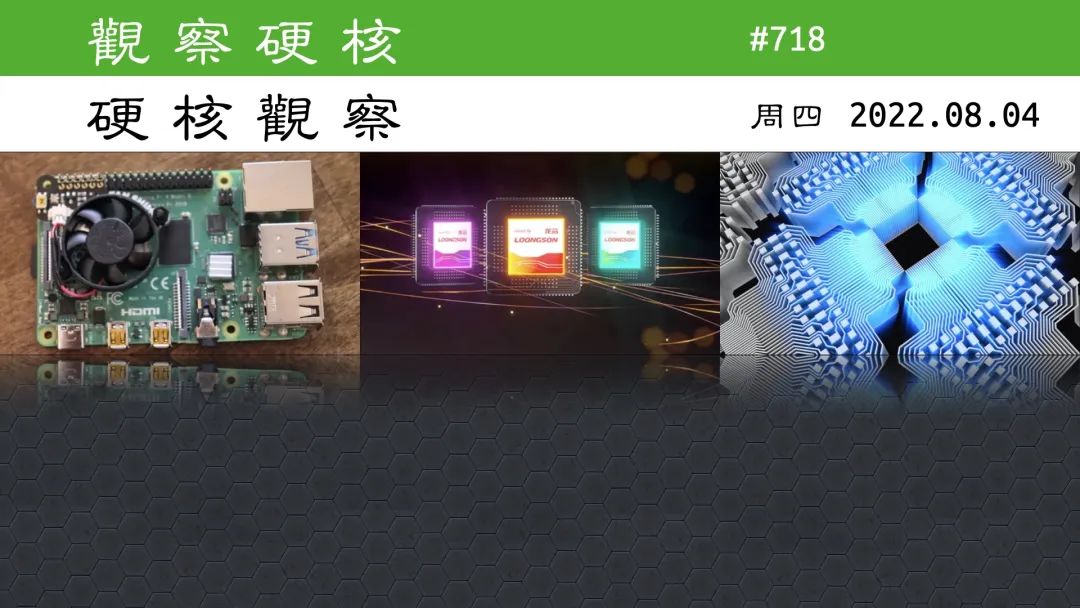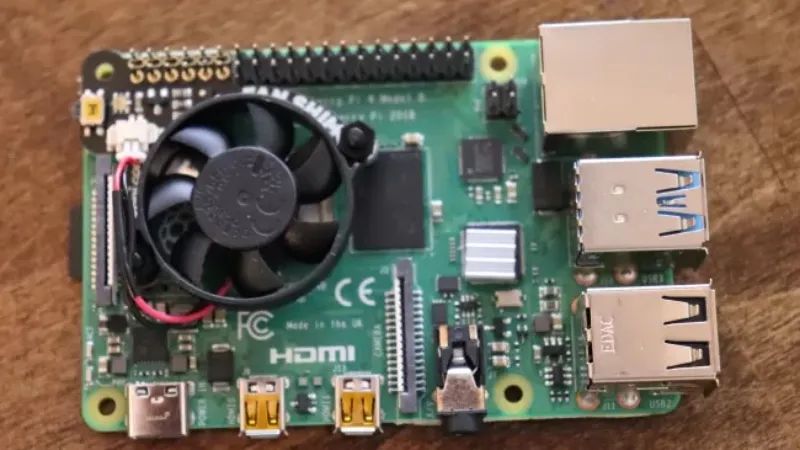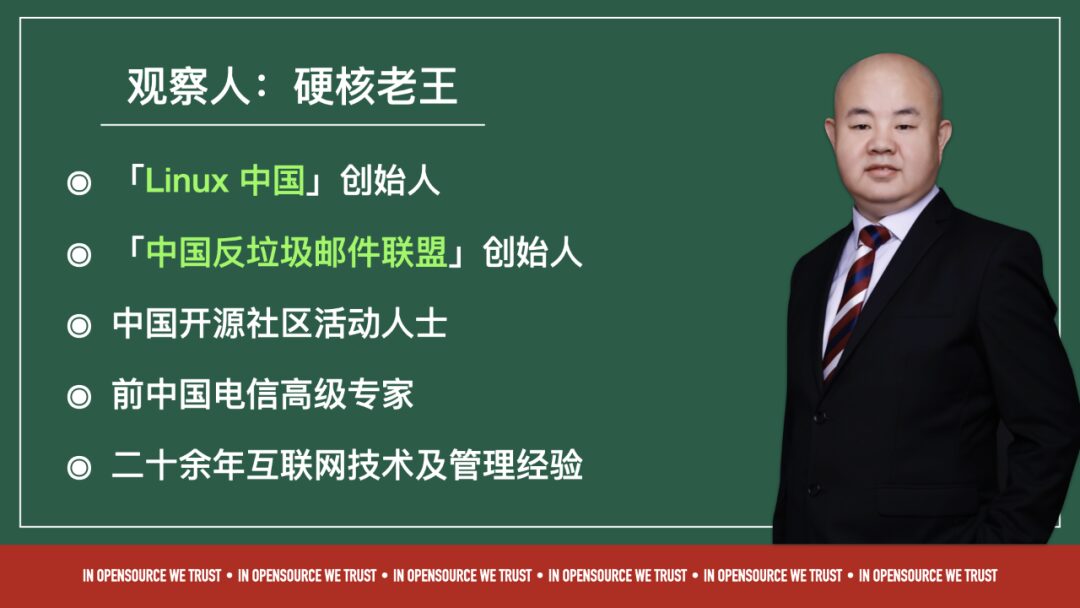

Longxin claims RISC-V cannot achieve independence and insists on self-developed instruction set
Longxin was previously based on the MIPS instruction set, and last year began promoting its self-developed “Longxin architecture” instruction set, claiming 100% independence. Longxin stated that from the beginning of the company’s establishment, it recognized that basing its system on x86 or ARM could not establish an independent ecosystem, while the MIPS instruction system is relatively open. However, after the MIPS open-source then closed-source event in 2019, the company realized that it also could not establish an independent ecosystem based on MIPS. Regarding the recently popular RISC-V open-source instruction set, Longxin believes that it also cannot build an independent ecosystem based on RISC-V, as the number of RISC-V architecture instructions is relatively small, making it suitable for academic research and IoT applications, but commercial applications will require more instructions. Therefore, Longxin insists on self-developing its instruction set.
Source: Kuai Technology
Old Wang’s Comment: I firmly believe that the RISC-V open-source instruction set is the future.

A single-core computer cracked a quantum-resistant encryption algorithm in one hour
The U.S. National Institute of Standards and Technology (NIST) recently announced the first winners of the post-quantum encryption and signature algorithm competition. A candidate algorithm called SIKE, which is based on Isogeny, reached the fourth round of evaluations. A team from KU Leuven published a paper stating that they spent one hour on a single-core computer to obtain the encryption key used by SIKE. The inventor of the SIKE algorithm admitted this was unexpected.
Source: ARS Technica
Old Wang’s Comment: I think it’s a bit naive to create quantum-resistant algorithms before quantum computing is truly practical. Who can be sure that quantum computers can only do what we currently think they can do? Just like when computers were first invented, who could have imagined that the entire world would run on computers today?

Fedora 37 officially supports Raspberry Pi 4
The Fedora Engineering and Steering Committee has confirmed “official” support for Raspberry Pi 4. Previously, Raspberry Pi 4 was not a focus of Fedora Workstation due to various patches not being upstreamed, such as open-source 3D graphics drivers not being integrated into the kernel. Now, although these upstreaming efforts are still ongoing, Fedora 37 will provide support for Raspberry Pi 4B, Raspberry Pi 400, and CM4 compute modules.
Source: Phoronix
Old Wang’s Comment: Previously, Pop!_OS 22.04 already provided support for Raspberry Pi 4, and Fedora 37 follows closely behind. This is the result of these drivers entering the upstream, so the true engine driving the development of Linux is still the Linux kernel.

Yesterday’s Observations
Follow Linux China for daily hardcore commentary